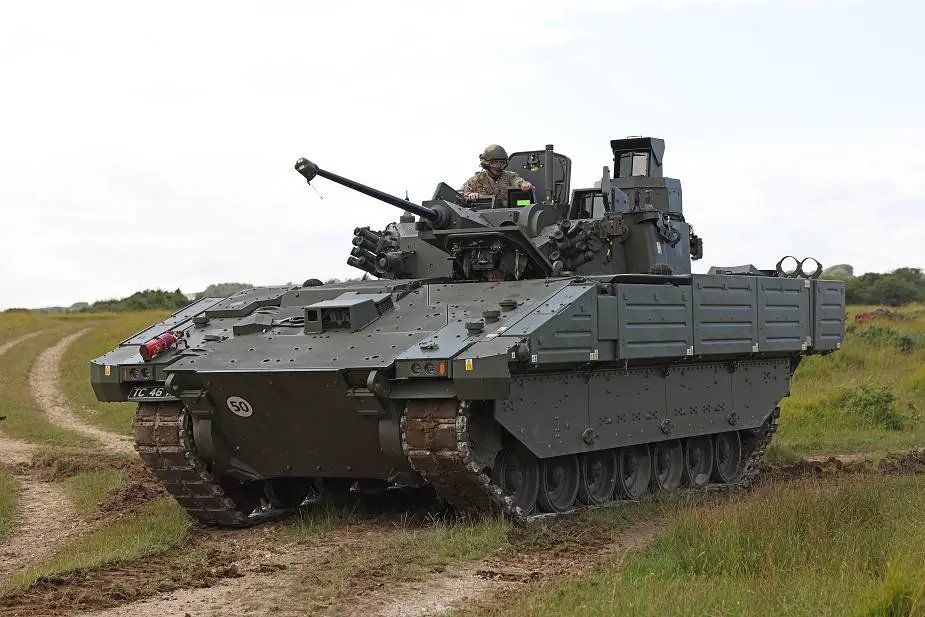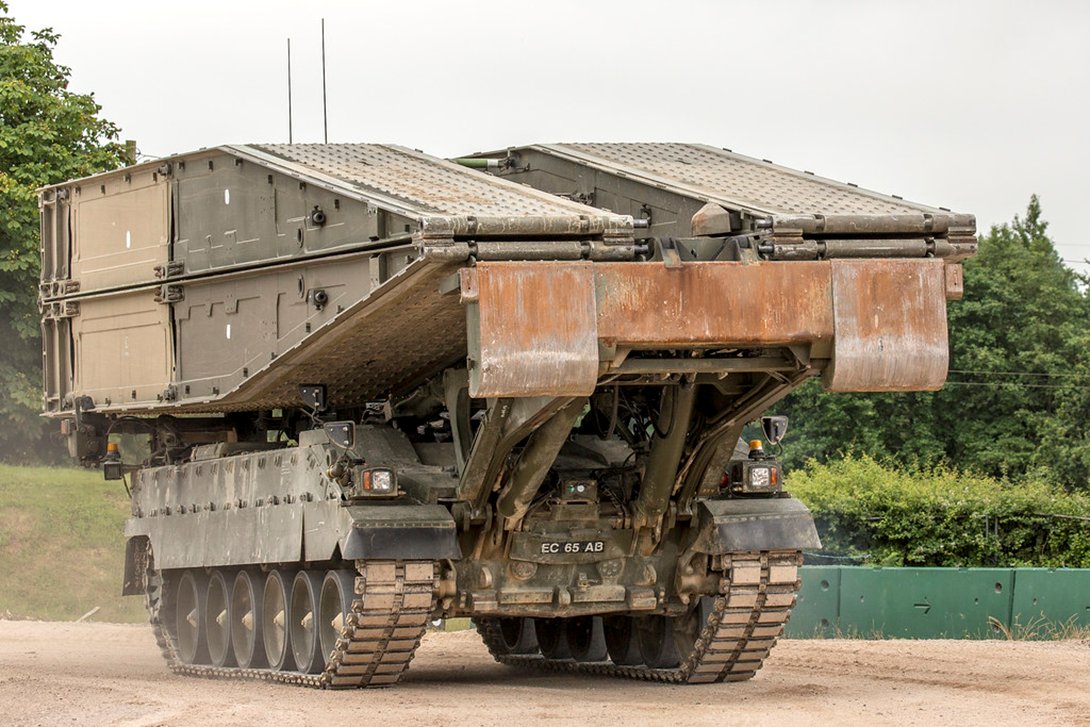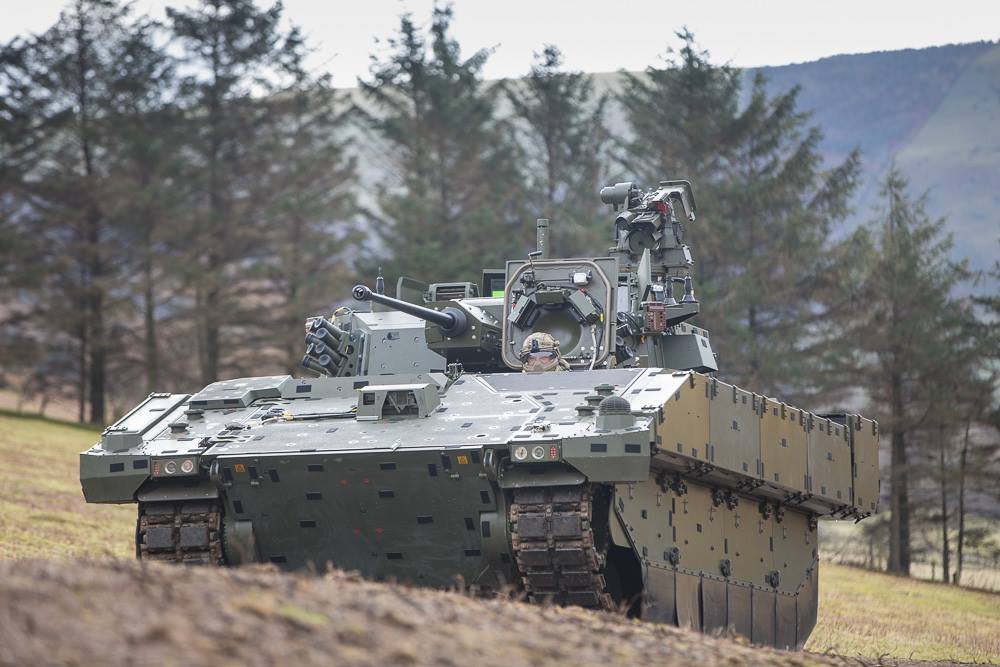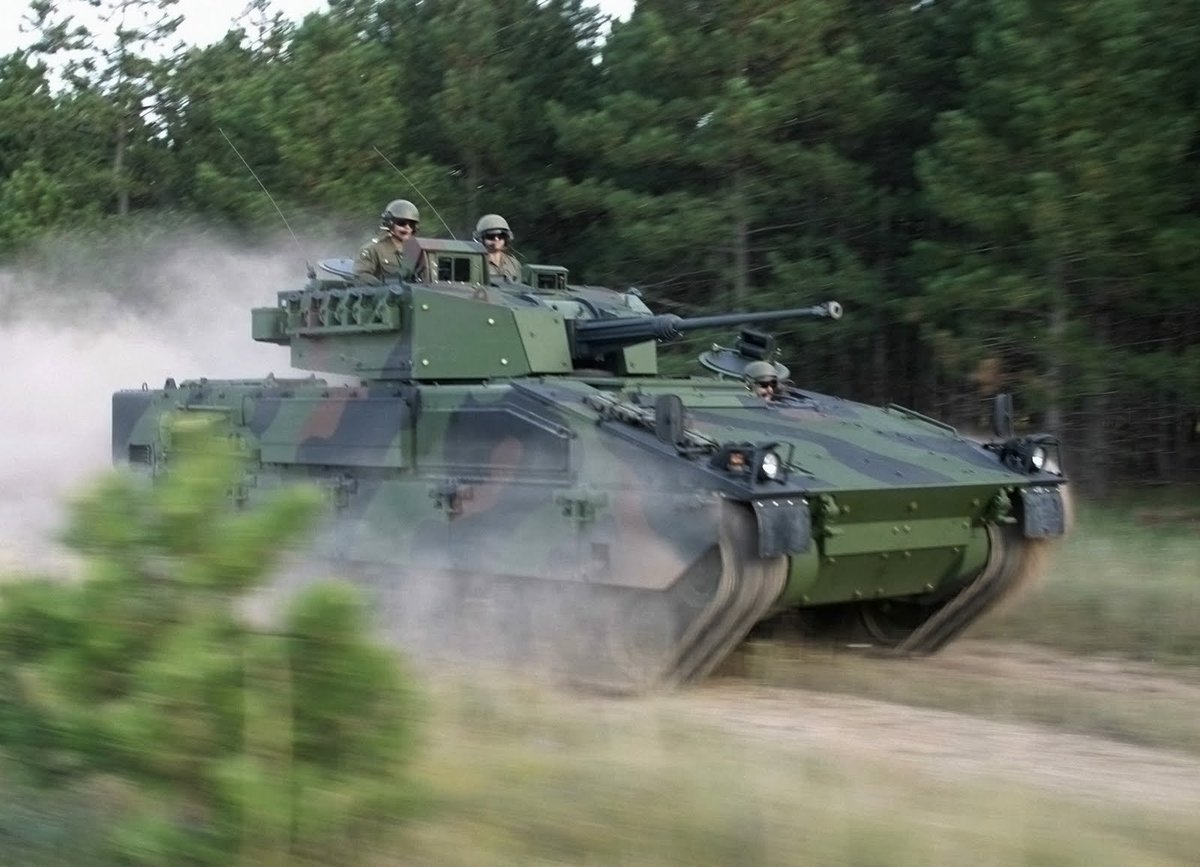(1/n) Patria Nemo on a BvS10. We've spent this week saying future vehicles should be lighter, more mobile, but still protected. Something to deploy and fight with traditionally lighter forces.
UK already has a fleet for that, just its seen as purely a RM thing for some reason?
UK already has a fleet for that, just its seen as purely a RM thing for some reason?

(2/n) I don't think BvS 10 has been vaguely exploited to its full potential. There are a few interesting ones around, but not enough. The aforementioned Nemo mortar, an IRIS-T SLS launcher, a recovery version, counter battery radar 







(3/n) Thinking about some of the discussions this week - how fast & cheap could you develop a Brimstone launcher, basic uncrewed turret (something RT20 to RT60 or RiWP flavoured), a hooklift cargo variant? Seems to tick a lot of what we're suggesting people need to think about? 







(4/n) BvS10 goes anywhere, including afloat, can be airlifted incl. by rotary wing, is very well understood and proven and in use across Europe (and maybe the US soon under CATV as the Beowulf if it wins) 






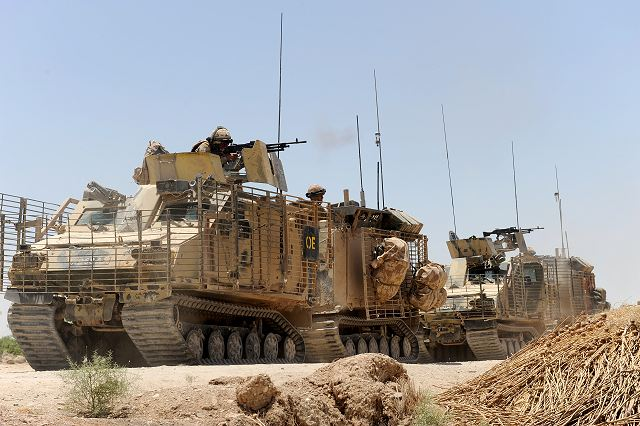
(5/n) When you actually look at a requirement like MRVP, why cant it be a Viking? Protection creep means MRVP are 7.5-10t trucks now, but their comparative mobility through two axles at that weight is pretty woeful, and they're a similar size. 

(6/n) Yes, Viking is a tracked thing, and that comes with drawbacks. But compared to large armoured 4x4/6x6 its not radically more onerous. Viking is on CRT so is not comparable to your typical tracked vehicle. 
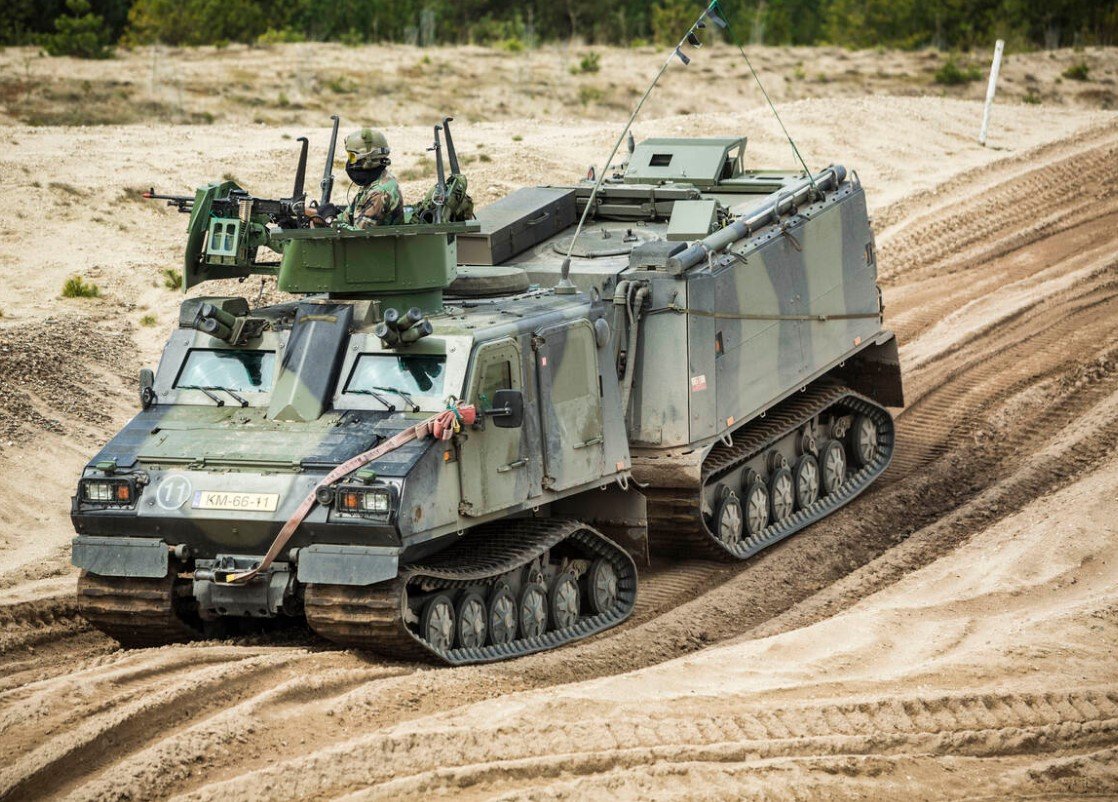
(7/n) Impending issue is Viking's been around a while and some users are looking to replace theirs, but why not get ahead of that curve, help BAE make a new one, build it in the UK and buy loads of them in cool variants?
And thats my bank holiday daydreaming for #miltwitter /end
And thats my bank holiday daydreaming for #miltwitter /end

• • •
Missing some Tweet in this thread? You can try to
force a refresh


